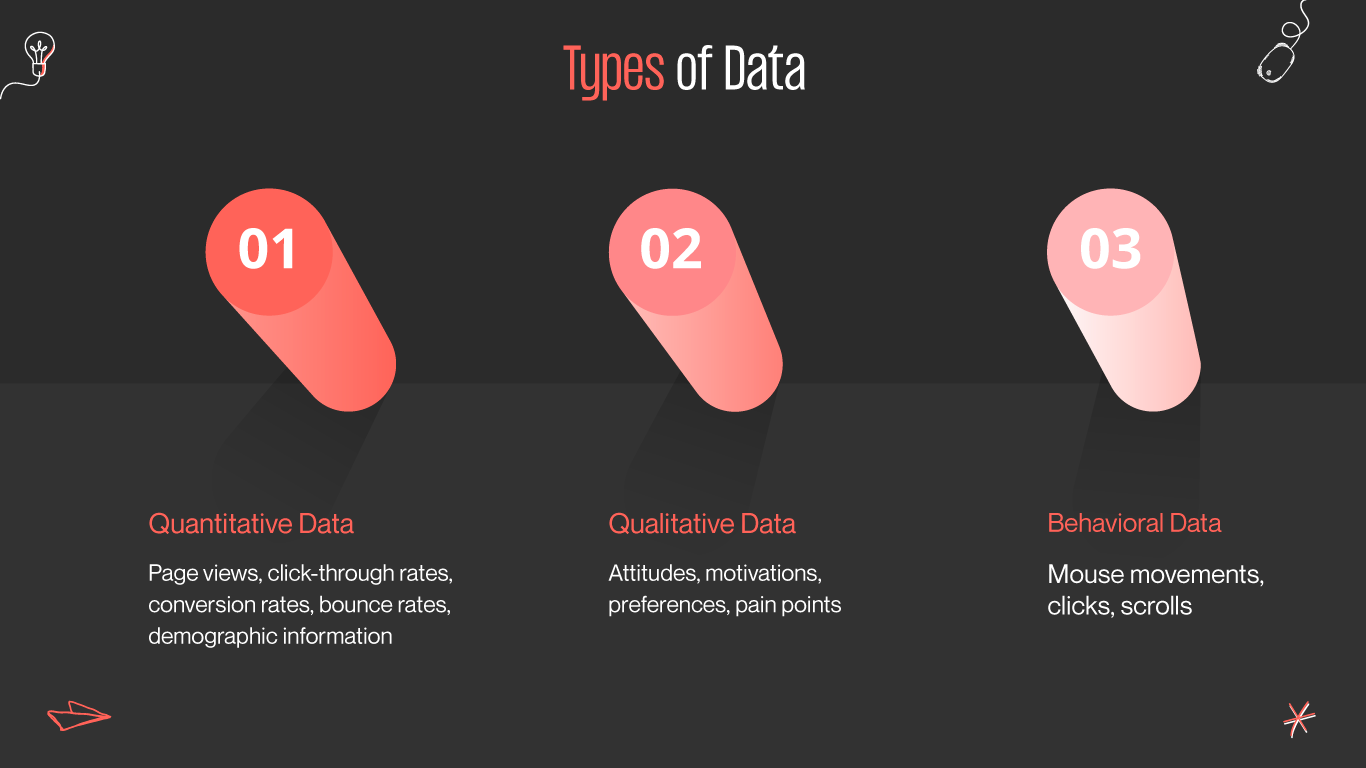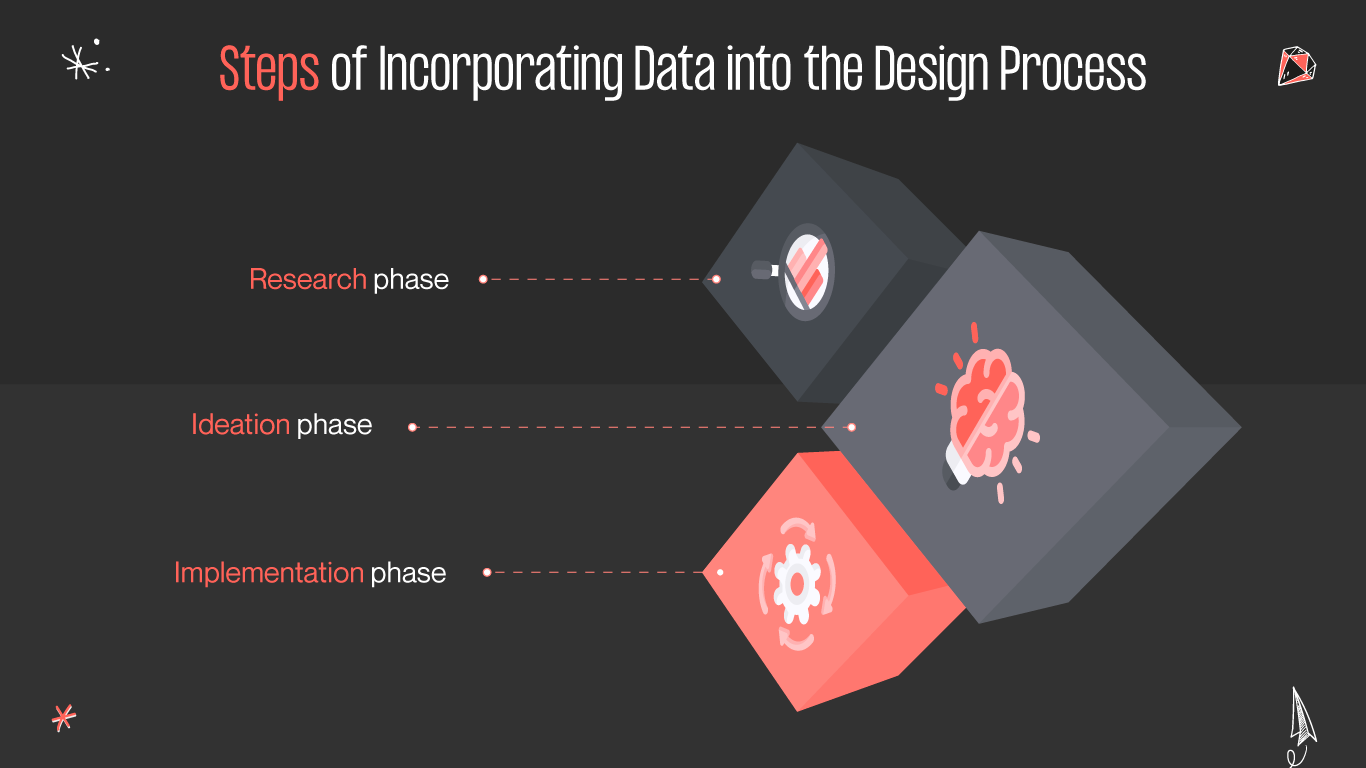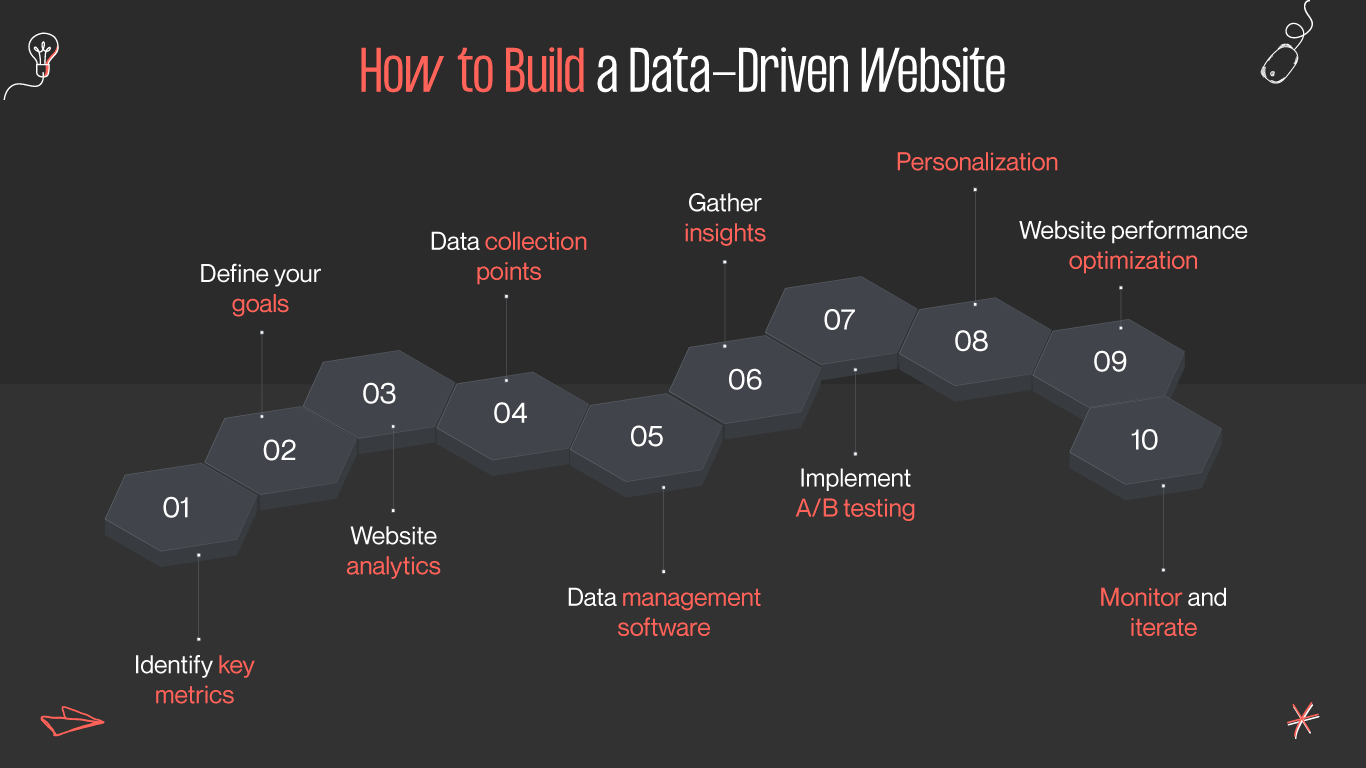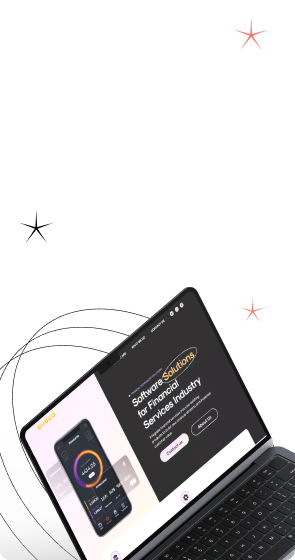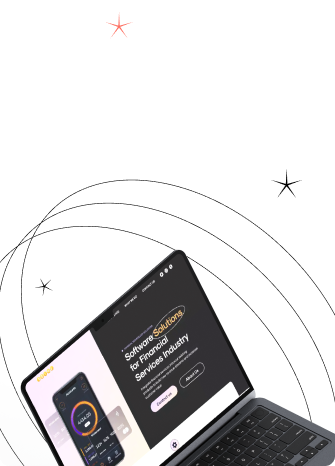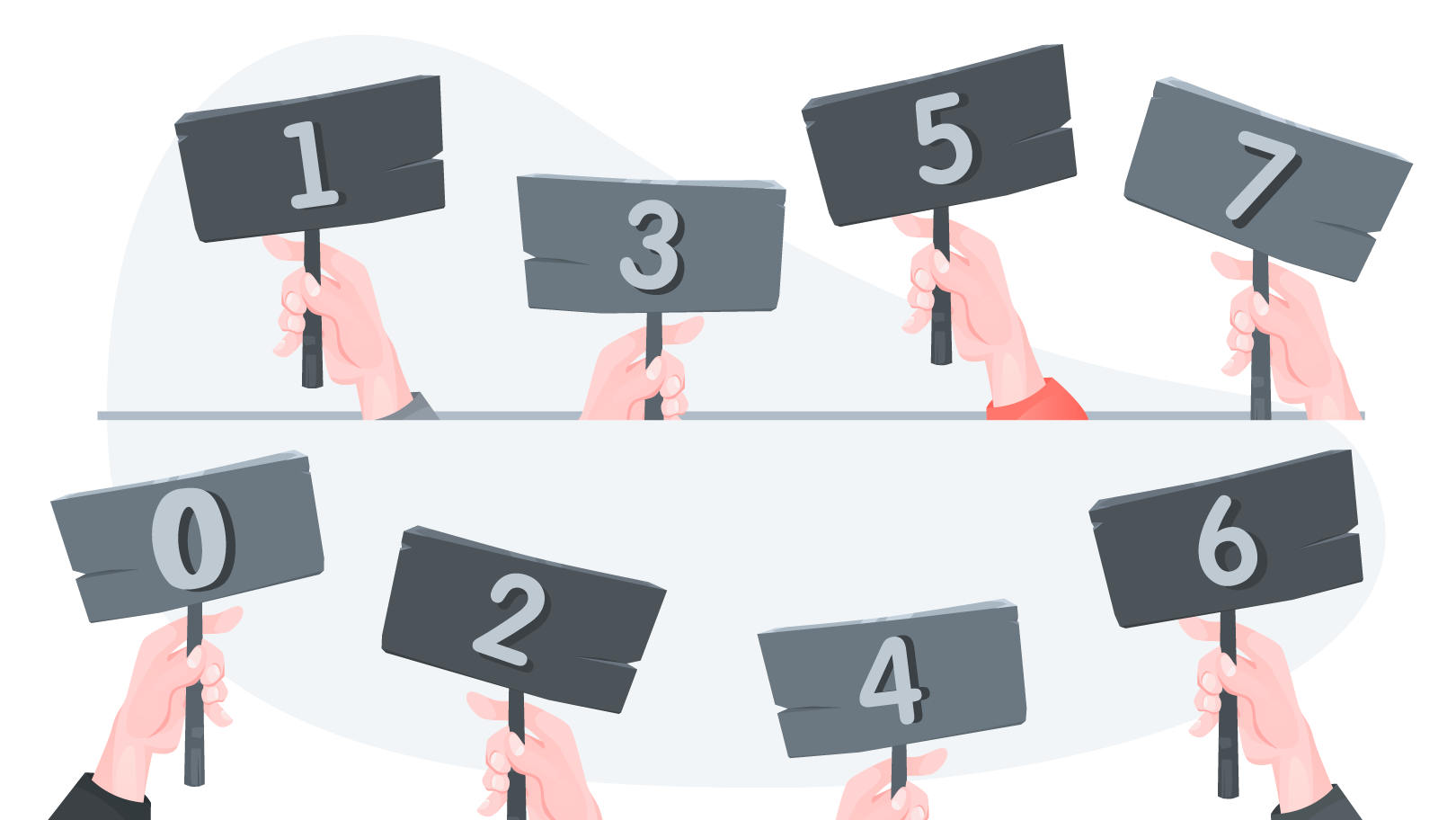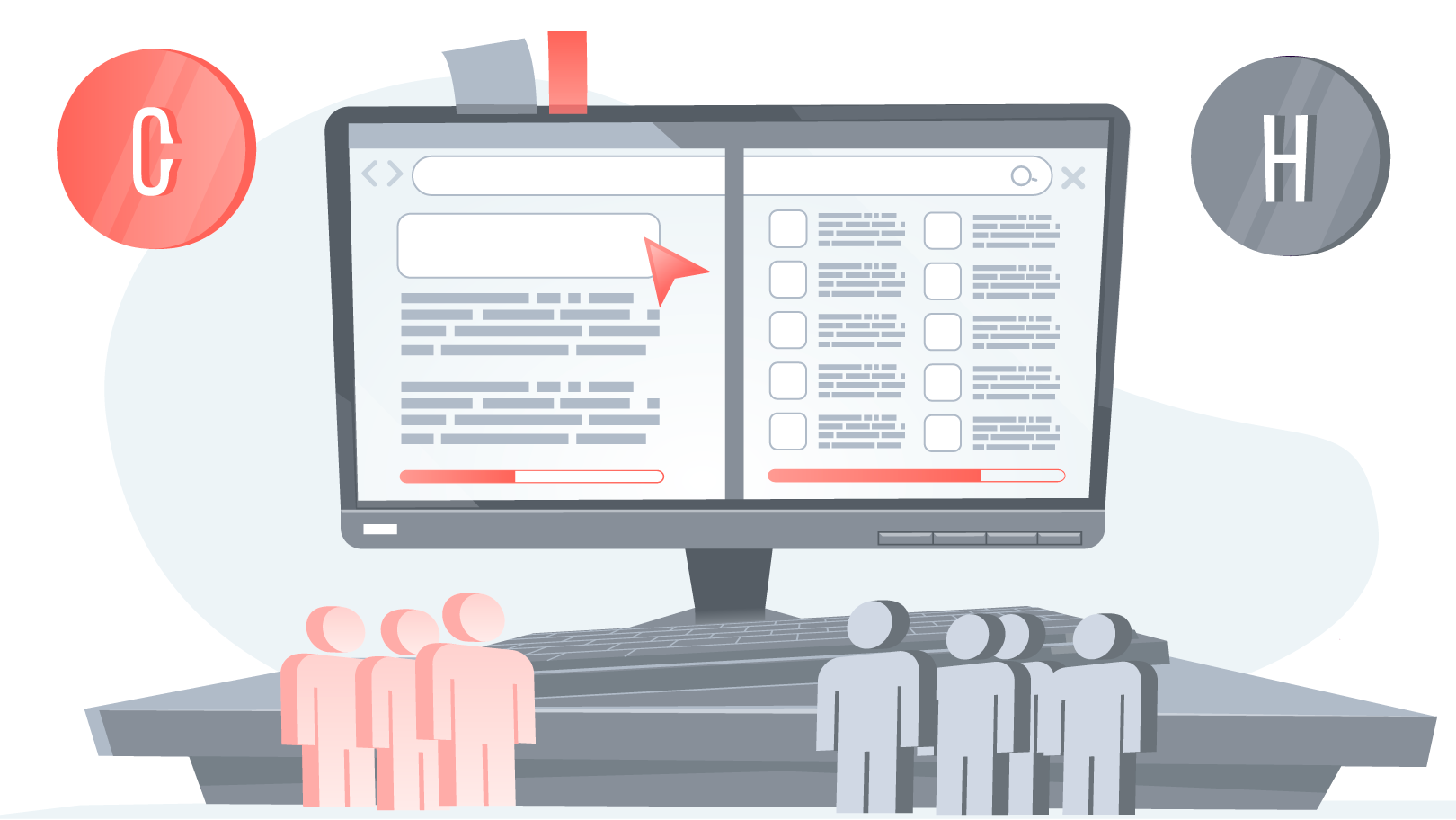Today, user expectations are constantly evolving, and the success of a website hinges not only on its aesthetics but also on its ability to deliver a seamless and engaging user experience. Meet data-driven website design, a methodology that harnesses the power of data analytics to inform every aspect of the design process.
A study by the Centre for Economics and Business revealed that 80% of businesses grew their revenue by leveraging real-time data. From layout and navigation to content strategy and conversion optimization, data-driven design offers a strategic framework for creating websites that truly resonate with their target audience.
Today, we delve into the transformative potential of data-driven web design. Explore how leveraging data insights can drive informed design decisions, enhance user engagement, and ultimately, lead to tangible business results with Gapsy Studio. Let’s dive deeper!




